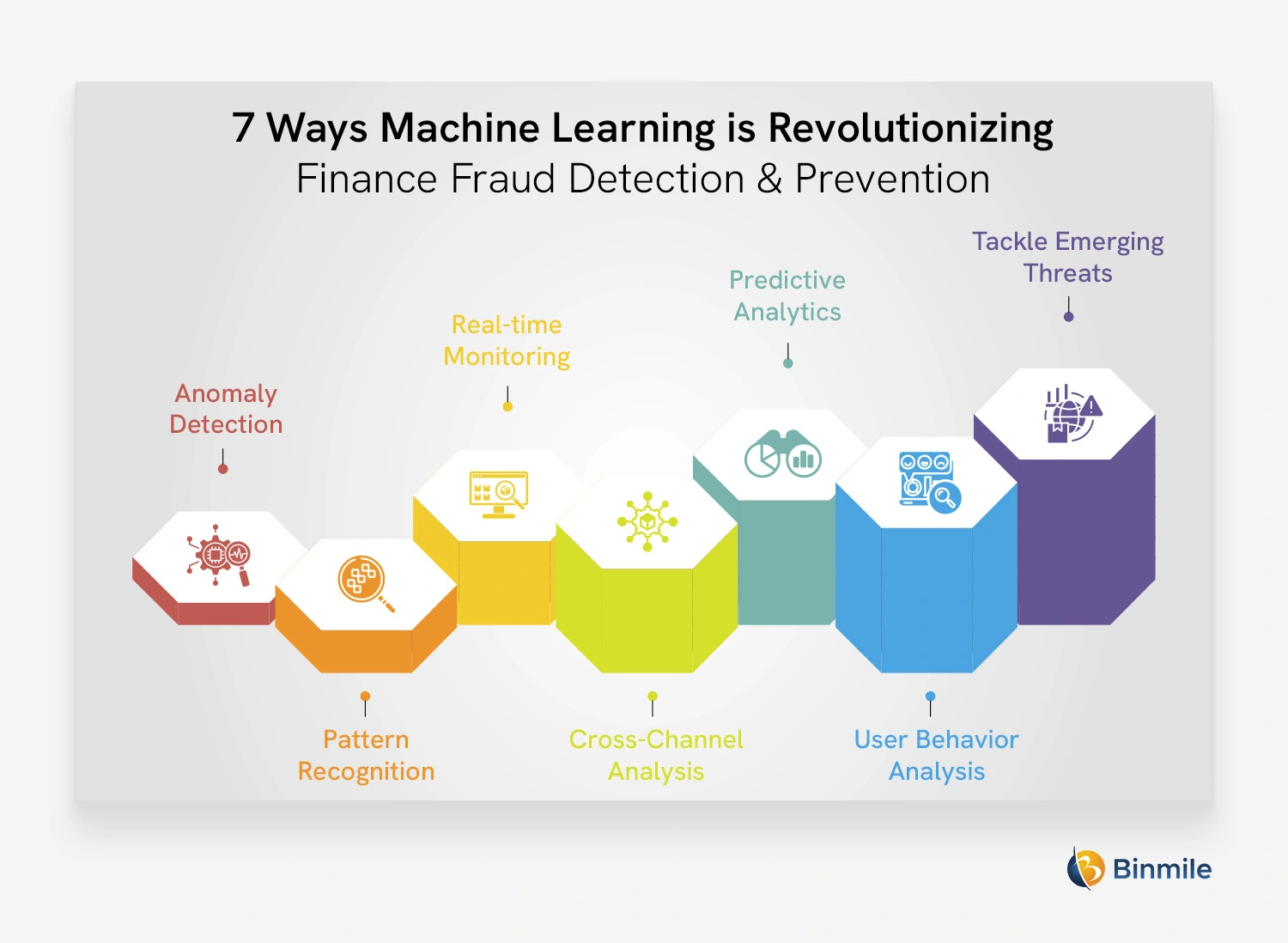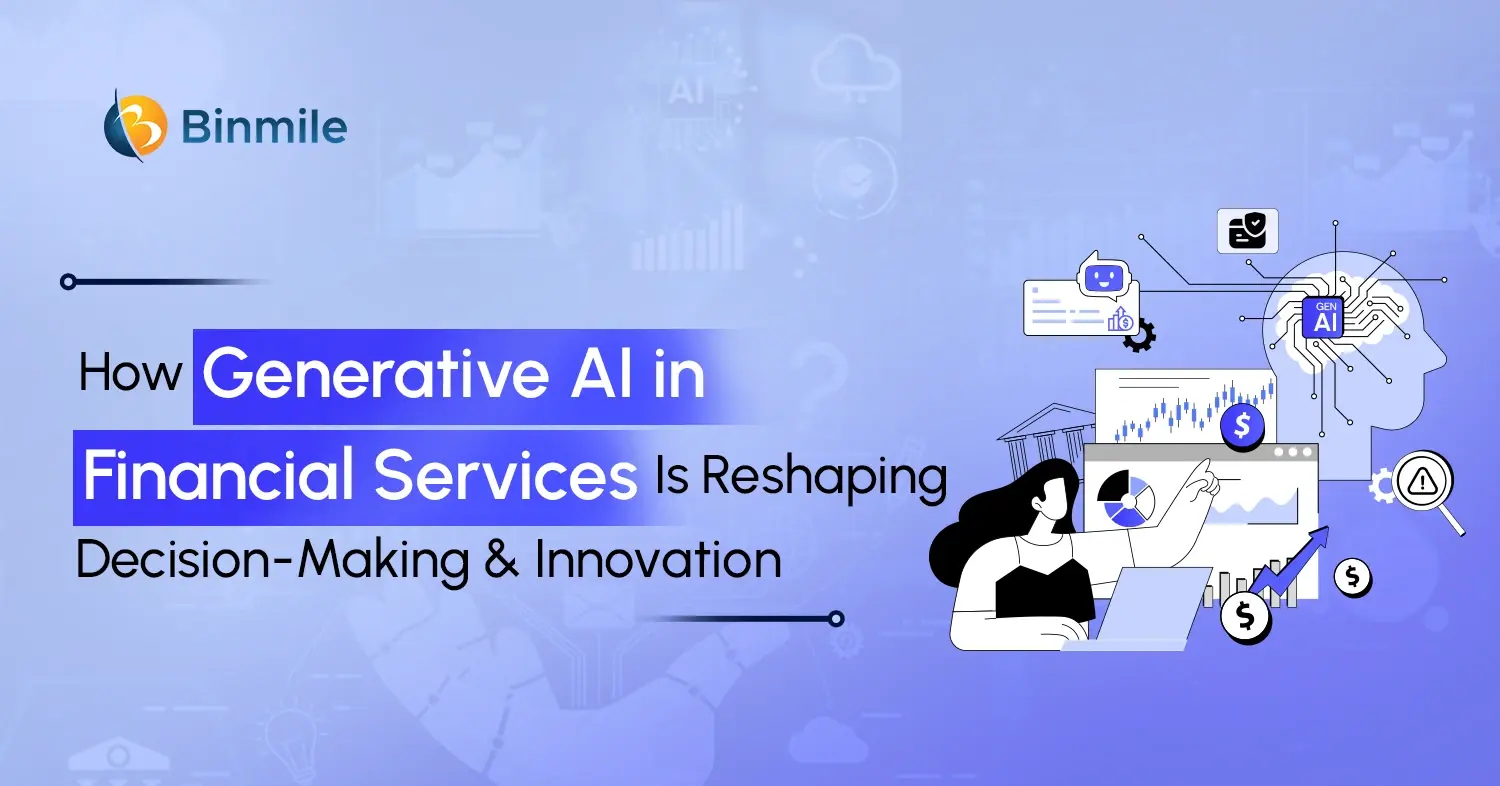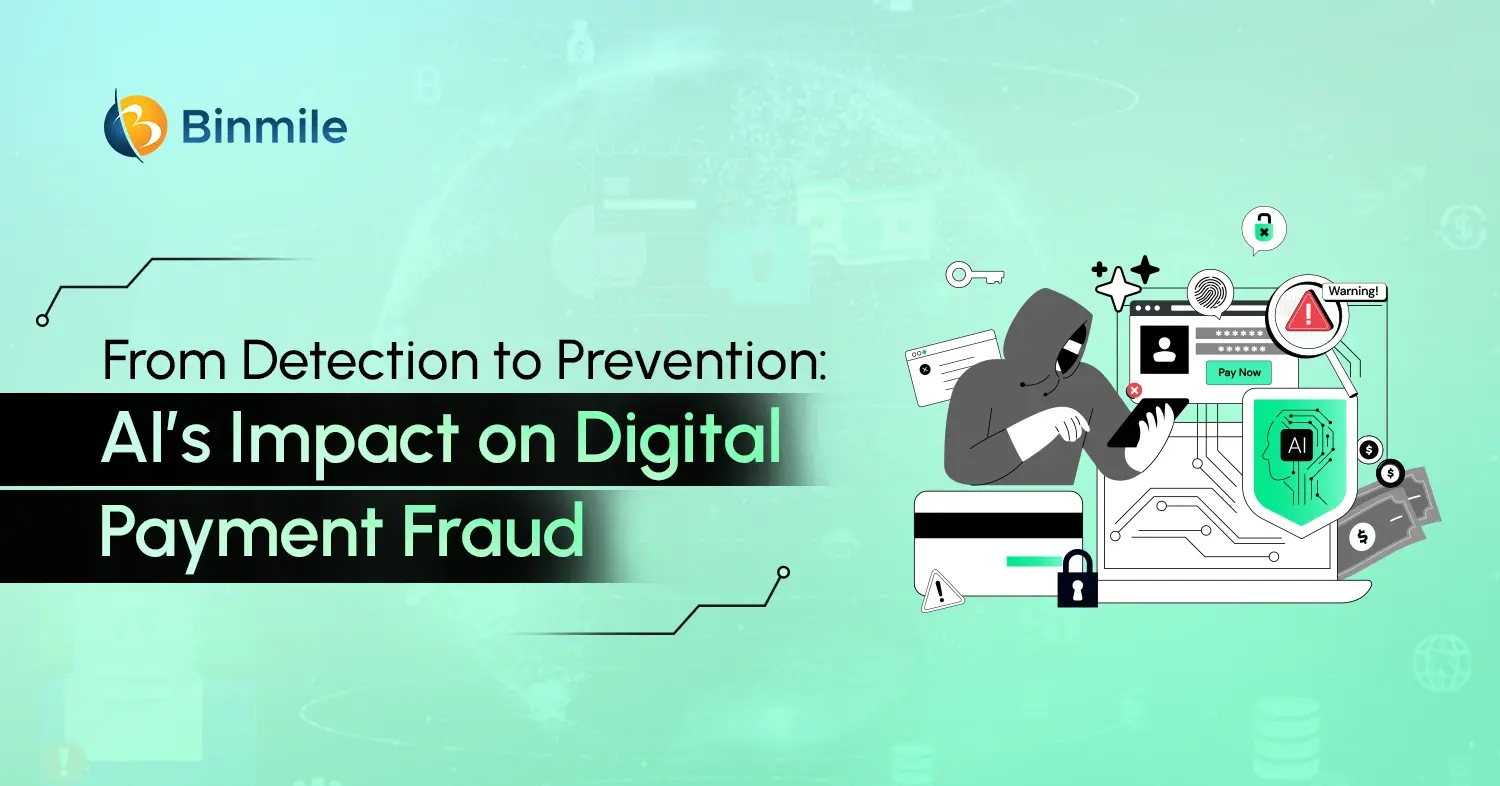- AI in banking for the BFSI sector
- How does ML work in fraud detection?
- How ML is Making Banking Safer
- How to Integrate Machine Learning in Banking
- Machine Learning for Fraud Detection
- prevention of fraud detection in banking using ML
- role of machine learning in finance fraud detection
- ways ML brings revolution in fraud detection
With the advent of digital banking in Finance and online transaction platforms, the finance sector has brought ease of use and convenience to all stakeholders. However, it also has opened the doors to fraudsters and miscreants in the financial space. Over the past few years, new developments in technology such as artificial intelligence are enabling fraudsters to execute cybercrime activities such as account takeover (ATO), credit card scams, and identity frauds more accurately. Since the loss not only involves infrastructure, data, legal, finance but even reputation, mobile banking in BFSI providers are shifting to more sophisticated financial fraud detection methods. Enter machine learning in the banking and finance sector.
Machine learning, a subset of AI and computer science presents a powerful and adaptive solution to tackle the complex and evolving nature of finance or payment fraud. It can analyze large data sets using advanced algorithms and can identify unusual patterns or deviations from normal behavior in transactional data. But how does it work? What else can AI in banking do for the BFSI sector? Or how to implement it in the system? If you’re also wondering these questions, then this blog is for you. The blog will explore the role of machine learning in combating finance fraud and discuss simple steps on how businesses can integrate ML into their systems.
In conclusion, machine learning serves as a formidable ally in the ongoing battle against finance fraud. Its nuanced approach, combining real-time monitoring, predictive analytics, and user behavior analysis, fortifies the financial landscape against a myriad of fraudulent activities, ultimately safeguarding the interests of both financial institutions and their clients.
Future of Finance: How Machine Learning is Combatting Payment Fraud Detection
Machine learning (ML) is a branch of artificial intelligence (AI) and computer science that focuses on using data and algorithms to enable AI to imitate the way that humans learn, gradually improving its accuracy. Now, let’s understand the different ways the application of machine learning is helping in fraud detection and prevention.
Know More: Payment Trends
7 Ways Machine Learning is Revolutionizing Finance Fraud Detection & Prevention

We understand how machine learning is a driving factor in making finance fraud detection quicker, more accurate, and more effective. So, let’s explore 7 key ways in which machine learning plays a crucial role in safeguarding against fraud:
1. Anomaly Detection
Utilizing machine learning algorithms, financial services providers can detect unexpected patterns or out-of-data through very large datasets. By breaking down transaction histories and the actions of users into disparate pieces, these systems can act more promptly to identify inconsistencies that diverge from the norm, which is the essence of proactive intervention.
2. Pattern Recognition
With its capacity to perform delicate deductions, ML models are usually a tool of choice when it comes to detecting financially deceitful activities, which could be easily overlooked by the rule-based system. It keeps accumulating historical data as a result of which it becomes more knowledgeable about the changing nature of fraud behavior and responds to emerging strategies of the bad actors.
3. Real-time Monitoring
AI-powered systems execute in actual time making it possible to quickly reply to possible frauds. The ability to look at the transactions processing as well as their flow in real time helps speed up and improve the effectiveness of fraud detection which reduces financial losses for both institutions and their clients.
4. Cross-Channel Analysis
Fraudsters often exploit multiple channels to carry out their activities. Machine learning facilitates cross-channel analysis by integrating data from various sources, such as online transactions, mobile activities, and social media. This holistic approach enhances the accuracy of fraud detection by considering the interconnected nature of fraudulent behavior
5. Predictive Analytics
Through the application of historical data and trends, ML algorithms can eventually foresee fraud incidents that still have not been realized yet. The financial institutions can thus derive from this pre-emptive approach, the ability to initiate preventive control measures and to be steps ahead of the upcoming financial attacks.
6. User Behavior Analysis
It can also be used to look into individual user’s behavior, identifying themselves by legitimate things. Non-adherence to such patterns sends off alerts which greatly help in detecting compromised user accounts or unauthorized access attempts.
7. Tackle Emerging Threats
In contrast to static rules, which can become inefficient with time due to the change of criminals’ techniques, ML development are life-long learning and improving. This is how they come to recognize fresh fraud patterns and alter their detection models because of this. With time, the system also gets to know of new fraud methods, which it keeps learning to fight against existing and future cyberattacks.
Also Read: Synthetic Identity Fraud Detection
Machine Learning in Fraud Detection: Benefits, ML Models for Fraud Detection
How does machine learning work in fraud detection?

It works by “training” on historical data and with the combination of both supervised and unsupervised machine learning techniques. The data they’re fed is usually labeled ‘good data’ (about legitimate transactions) and ‘bad data’ (information about fraudulent transactions) with varied examples of banking fraud patterns to make the algorithm agile, versatile, and business-specific.
Next, every data from different transactions goes back into the system. Self-learning and adaptive analytics enable the machine to incorporate the new data and adjust to the changing fraud environment, enabling it to recognize new forms of fraud. Thus, they learn to recognize legitimate transactions and flag suspicious activities that may indicate fraud in real-time. Subsequently, creating a safe and secure environment around payments to protect the business, its customers, revenue, and reputation.
Read More: Develop Machine Learning App
Why Use AI in Banking Fraud Detection?
- Efficiency & Accuracy: ML models can more accurately identify and track fraudulent activities, in comparison to traditional rule-based systems.
- Speedy Reaction: ML algorithms are capable of swiftly analyzing and processing huge amounts of data and can therefore detect any anomaly in the transfer of data or payments.
- Enhanced Customer Experience: It boosts customers’ experience with your app development or web development services as they face less or zero security issues with the sensitive data being secured.
- Real-time Detection: With swift reactive measures and accurate data analysis, ML can detect and flag anomalies in real-time banking transactions, app usage, payment methods, and other financial activities.
Get in touch to know how we leverage artificial intelligence, machine learning, and other emerging technologies to detect and prevent financial fraud and protect brand reputation.
How to Integrate Machine Learning in Banking Activities
Here’s how you can implement machine learning in your banking or finance activities:

- Data Quality is Paramount: Security and the reliability quality of data are vital since they are the main properties of ML models. Ensure that the information you feed to your systems is up to standards, full of clarity, accurate, and well-organized for it to work effectively. This process should be conducted frequently, including reliable data cleaning procedures for inconsistencies and other errors.
- Collaborate Across Teams: Fraud detection implementation through machine learning using a like-minded approach helps you cover the technical and domain-specific aspects. Collaboration between various teams through regular communication and sharing of their knowledge provides the structure to an inclusively insightful strategy.
- Continuous Model Training and Evaluation: ML models are not ready–made, they’re developed via continuous training and evaluation to receive fresh input with the newest fraud reports. When you regularly evaluate the model and the accuracy of the predictions with new data and adjust parameters or keep updating the algorithms accordingly, it helps you get more accurate, real-time, and trustworthy insights.
- Adopt Responsible AI Practices: Build machine learning models that are based on ethical standards, which enables explainability. Stakeholders must get the framework and the model as well as the processes that bring the results to foster trust in the new system and within the regulations.
- Robust Security Measures: Implement rigid and comprehensive security measures and tools to protect the models, data, and the entire system. Using measures such as encryption, access controls, and round-the-clock security audits form the foundation of foolproof diligence against hackers who look to take advantage of the vulnerabilities in your fraud system.
Also Read: IoT for Banking and Finance
Wrapping Up
Machine learning has turned out to be the most transformative tool that has empowered organizations to minimize the risk of both financial and reputational damage. By creating more complex algorithms or analyzing vast datasets, ML algorithms are enhancing the ability to detect fraudulent activities and enhance user experience. Thus, implementing machine learning models enables BFSI organizations to stay one step ahead in the ongoing battle against fraud, ultimately fostering a more secure and trustworthy business environment.
In this blog, we discussed how ML can help banking and financial services providers to detect and prevent fraudulent activities in the finance ecosystem timely. We also learn how fraud detection with machine learning can be successfully integrated into the operations of banks and financial institutions, though it does require data science skills to build complex and robust ensemble algorithms. However, organizations can also seek banking and financial software development services. Their AI-powered software solutions for business can help you harness the power of machine learning to thwart fraudsters and secure the financial ecosystem.









